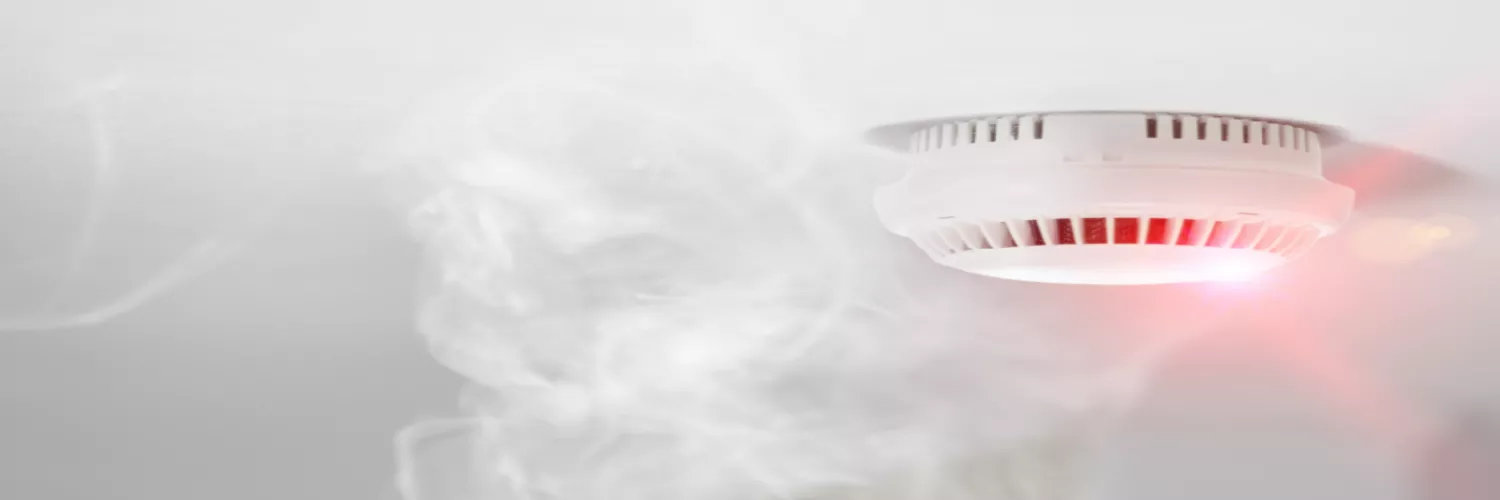Fire Alarm Detectors: Safeguarding Lives and Property through Early Warning Systems
In today's world, safety is of utmost importance, and one of the most crucial aspects of safety is fire prevention and early detection. Fire alarm detectors play a vital role in safeguarding lives and property by providing timely warnings in the event of a fire. This blog aims to explore the different types of fire alarm detectors, their functionalities, and best practices for installation and maintenance. Let's dive in and learn more about these essential devices that can save lives.
Types of Fire Alarm Detectors:
Smoke Detectors: Ionization and photoelectric smoke detectors.
Heat Detectors: Fixed temperature and rate-of-rise heat detectors.
Flame Detectors: Ultraviolet (UV), infrared (IR), and multispectrum flame detectors.
Gas Detectors: Carbon monoxide (CO) and natural gas detectors.
How Fire Alarm Detectors Work:
Smoke Detectors: Detect smoke particles using optical or ionization technology.
Heat Detectors: Sense the rapid rise in temperature or exceed a predefined threshold.
Flame Detectors: Identify specific wavelengths of ultraviolet or infrared light emitted by flames.
Gas Detectors: Detect the presence of hazardous gases through sensors or chemical reactions.
Choosing the Right Fire Alarm Detectors:
Assessing the Environment: Consider the location, size, and purpose of the building or area.
Evaluate potential fire hazards and determine the appropriate detector types.
Compliance with Standards: Ensure the selected fire alarm detectors meet relevant safety standards.
Look for certifications like UL (Underwriters Laboratories) or EN (European Norms).
Integration and Connectivity: Evaluate compatibility with existing fire alarm systems or home automation networks.
Consider wireless connectivity options for easier installation and maintenance.
Installation and Maintenance:
Placement and Coverage: Install smoke detectors on each level and in every bedroom, living area, and hallway.
Place heat detectors in kitchens, attics, or areas with high temperatures.
Position flame detectors where flames may occur, such as boiler rooms or chemical storage areas.
Testing and Inspections: Regularly test fire alarm detectors according to manufacturer recommendations.
Inspect detectors for dust, debris, or physical damage that can affect their functionality.
Replace batteries or rechargeable power sources as needed.
Professional Maintenance: Consider professional inspection and maintenance services for complex fire alarm systems.
Engage qualified technicians to ensure optimal performance and compliance.
Best Practices for Fire Safety:
Fire Safety Education: Promote fire safety awareness through training, drills, and educational materials.
Educate occupants on evacuation procedures and the proper use of fire extinguishers.
Emergency Planning: Develop a comprehensive fire emergency plan, including evacuation routes and meeting points.
Conduct fire drills regularly to practice emergency procedures.
Additional Safety Measures: Install fire extinguishers in accessible locations.Implement fire-resistant materials and construction techniques in buildings.
Fire alarm detectors are crucial tools in protecting lives and property from the devastating effects of fire. By understanding the different types of detectors, making informed choices, and following best practices for installation and maintenance, we can enhance fire safety measures significantly. Remember, staying vigilant, proactive, and well-prepared is key to safeguarding against fire hazards and ensuring the safety of ourselves and those around us.

